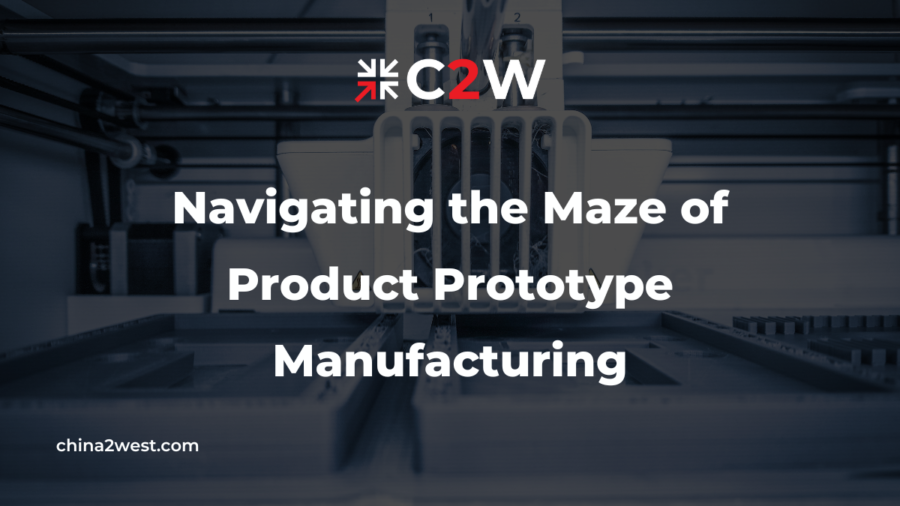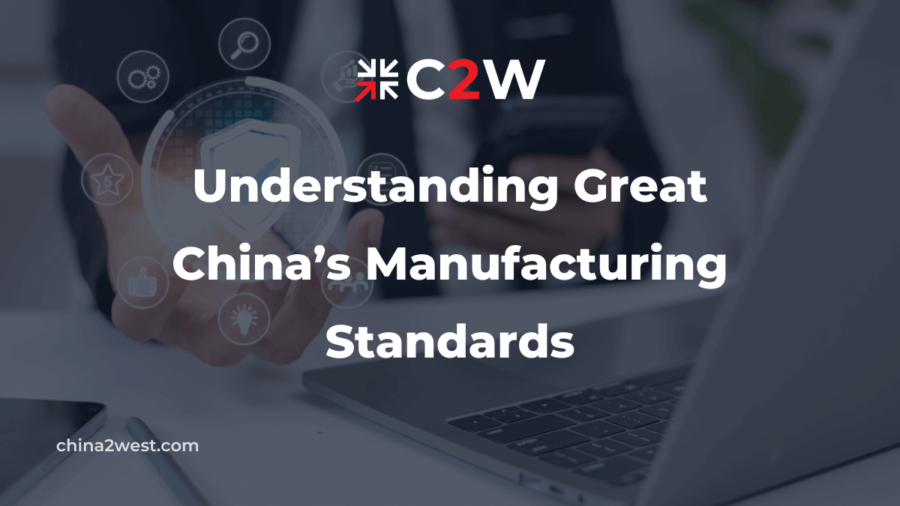The idea of turning your dream product into a reality can be exhilarating, yet the path to its realization is often obscured by the complex process of prototype manufacturing. A product prototype serves as the tangible representation of your concept, allowing designers and engineers to assess, tweak, and refine before moving forward with full-scale production. This comprehensive guide will help you navigate the intricacies of product prototype manufacturing, providing a clear roadmap to bring your vision to life.
Understanding the Importance of Product Prototyping
The world of product prototyping is far more than a simple formality; it serves as a pivotal phase in the grand scheme of product development. Think of it as your golden ticket to transforming a nebulous concept into a palpable model. Prototypes wear many hats; they help pinpoint potential problems, verify functionality, and harvest invaluable feedback from users. Have you ever dreamt of impressing potential investors? A prototype can help you do just that, as investors often favor a solid product demonstration over a verbal pitch. In essence, prototyping catapults your idea from the realm of imagination into the tangible world, mitigating risks and bolstering your success potential.
Choosing the Right Type of Prototype
In the labyrinth of prototype manufacturing, understanding the different types of prototypes is the first step toward picking the perfect one for your product. Much like how every product is unique, so is every prototype. Depending on your product’s complexity, the resources at your disposal, and your project’s timeline, one type of prototype may be more suitable than others.
If you’re trying to validate whether your product idea can work in practice, a ‘proof of concept’ prototype might be your best bet. This type of prototype puts the focus squarely on the product’s function, keeping the aesthetics at bay. However, if you’re aiming for a more complete representation of the end product, a ‘working’ prototype might be more up your alley. This prototype not only has the same functions as the final product but also mirrors its look and feel.
On the flip side, if you want to primarily focus on the product’s design, then a ‘visual’ prototype could be the right pick. It emphasizes the product’s aesthetics over its function, giving you a tangible blueprint of how your product will look to the end user.
So, which prototype should you choose? Well, there’s no one-size-fits-all answer. By weighing the strengths and limitations of each type, you can select the perfect prototype that aligns with your product’s needs and brings you one step closer to turning your dream into reality.
The Stages of Prototype Manufacturing
Venturing into the realm of prototype manufacturing is akin to embarking on a compelling journey. Each stage on this path holds its unique significance and set of challenges.
Conceptualizing Stage
The journey typically starts with the ‘conceptualizing’ stage. Here, your brilliant ideas take shape as they are meticulously defined and drafted. Sketches are created, and a vision of the final product begins to emerge.
Designing Stage
Next up is the ‘designing’ stage. At this juncture, you’ll delve into the intricacies of your product, crafting detailed designs and specifications that will serve as the blueprint for your prototype. It’s all about precision and creativity interweaving to create a detailed roadmap for your dream product.
Building Stage
The ‘building’ stage then brings the design to life, transforming it from a digital blueprint into a tangible model. This phase is where you’ll get the first real glimpse of your product idea taking physical form. The anticipation builds as you see your concept evolve into a hands-on reality.
Testing Stage
Testing is then on the agenda. Your prototype will be put through rigorous evaluation to uncover any functional or design flaws. It’s a critical stage that helps ensure your prototype can withstand the demands it will face in the real world.
Refining Stage
Last but not least is the ‘refining’ stage. Here, the prototype goes through an iterative process of improvement. It’s all about finetuning the details and making enhancements based on the feedback and results from the testing stage. This stage primes your prototype for the final leap into full-scale production.
Tools and Techniques in Prototype Manufacturing
Welcome to the world of modern prototyping where an exciting array of tools and techniques are at your disposal. Remember the days when prototypes were drafted by hand or painstakingly crafted from clay or foam? While these traditional methods still have their place, digital technology has truly revolutionized the prototyping landscape.
Take Computer-Aided Design (CAD) software, for instance. This power-packed tool is your ticket to creating precise, detailed designs that serve as the architectural blueprint for your prototype. This virtual design playground lets you experiment with dimensions, structures, and materials, all with a few clicks.
Then there’s 3D printing, the poster child of modern prototyping. Gone are the days of waiting weeks or months for a prototype. Now, you can transform a digital design into a tangible model within hours. It’s the epitome of rapid prototype production and has been a game-changer for designers and inventors worldwide.
But don’t let the glitz and glamour of these high-tech tools blind you to their limitations. Every tool and technique has its strengths and weaknesses. It’s like being in a culinary kitchen; some tools are perfect for slicing and dicing, while others excel at mixing and blending. The key to successful prototype manufacturing lies in understanding these nuances and picking the right tool for the right task.
Making the Leap to Full-Scale Production
Venturing from the realm of prototyping into the world of full-scale production can feel like an enormous leap. Nevertheless, if your prototype has been meticulously tested and refined, you stand on a robust platform, ready to take this significant stride. The stage is set, the players are in place, and it’s time for your prototype to metamorphose into a mass-produced marvel.
Transitioning to production is like preparing for a grand symphony. It’s all about orchestrating an array of critical elements. Key among these is material sourcing. Securing the right raw materials, at the right cost and quality, is crucial for ensuring the final product’s success.
Next in line is identifying suitable manufacturers. You need to partner with a manufacturer who can not only meet your production needs but also share your commitment to quality and efficiency.
The game of mass production planning also awaits. It’s time to strategize on production volumes, timelines, and cost management. Every detail matters here, as even a minor oversight can have far-reaching implications.
Navigating this phase is akin to walking a tightrope, and expert guidance can be your safety net. Don’t hesitate to seek professional advice to avoid any costly missteps. So, take a deep breath, step up to the plate, and make the leap. Remember, the journey from idea to prototype was the training ground that has prepared you for this moment. If you are seeking a reliable prototype manufacturer in China that can help you dive into full-scale production without risks, don’t hesitate to contact us today. As a British-owned and managed manufacturing consultant in China since 2005, we are committed to turning your ideas into reality and supporting you on this exciting new phase of your entrepreneurial journey.


